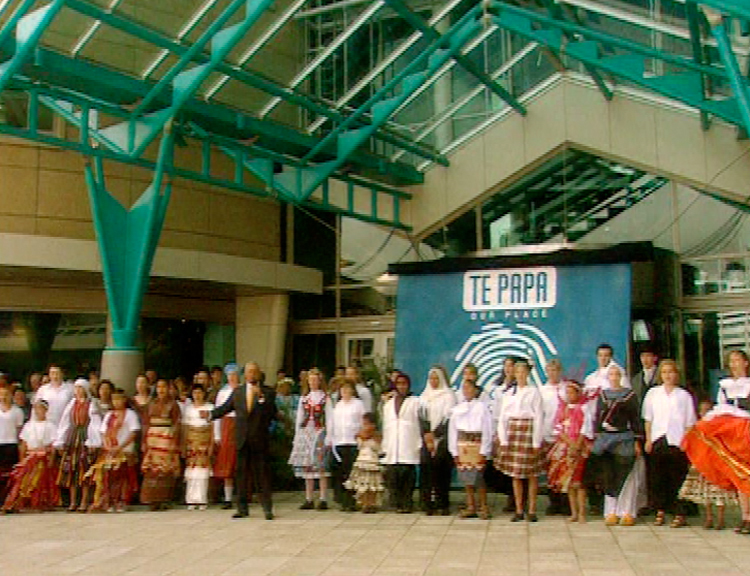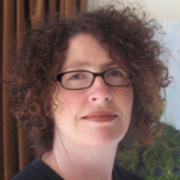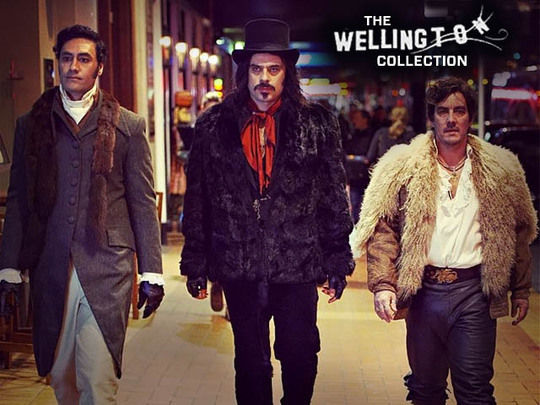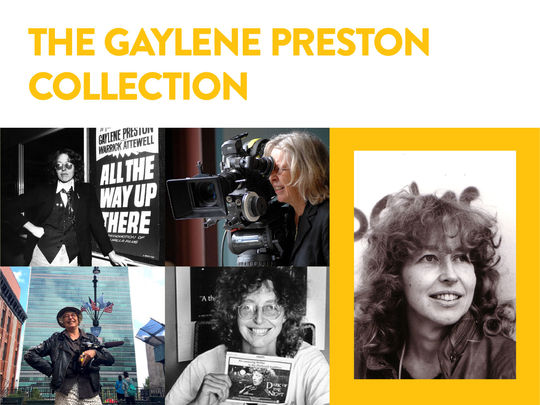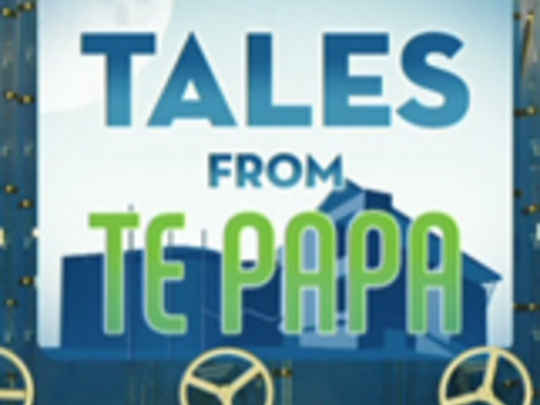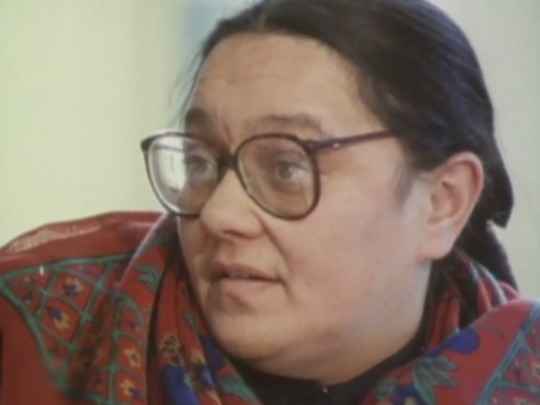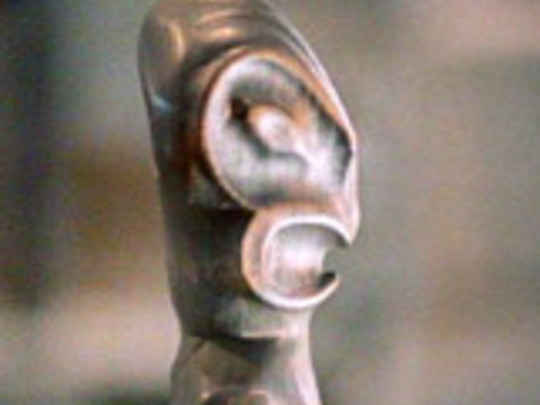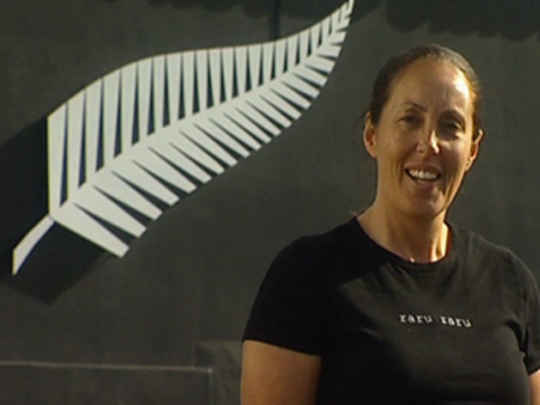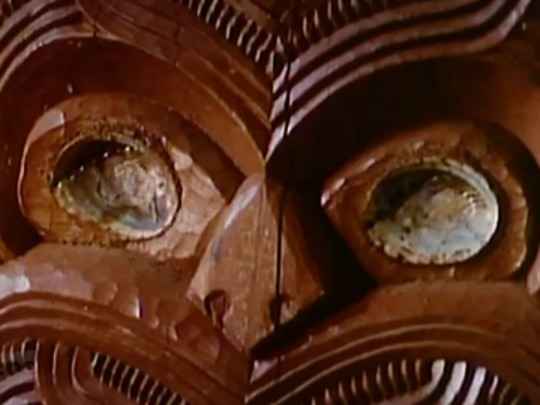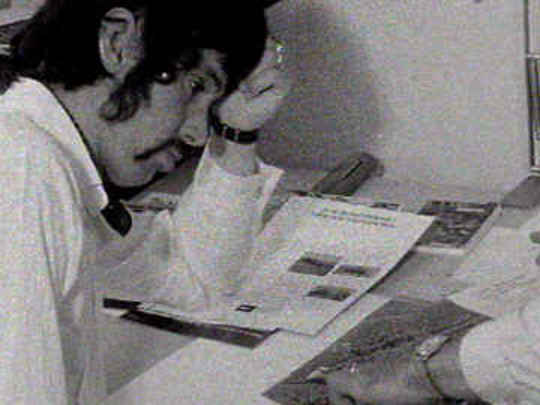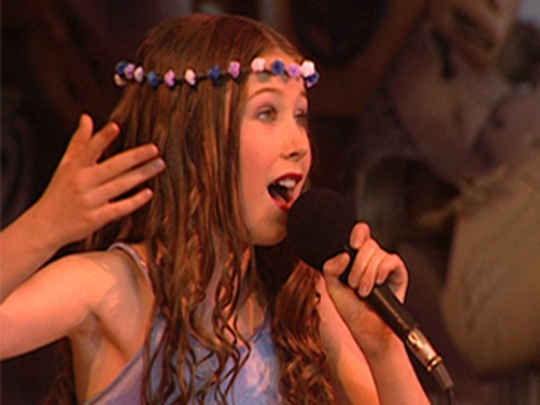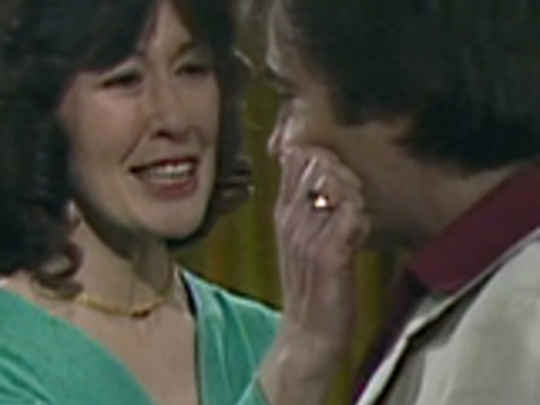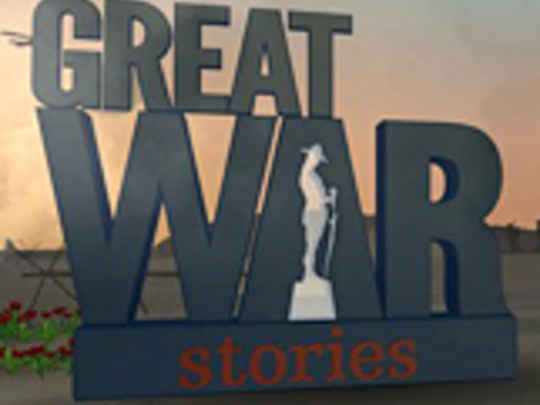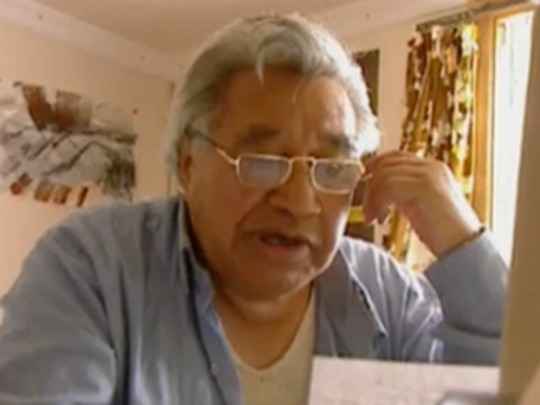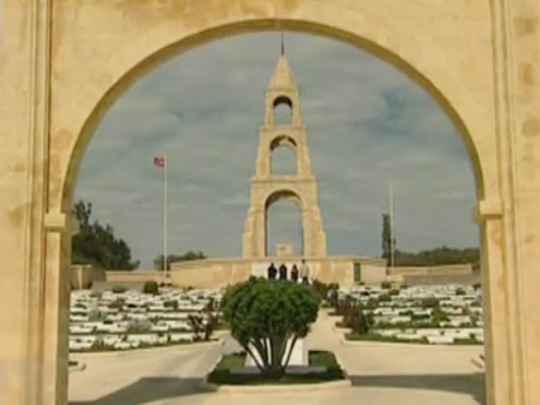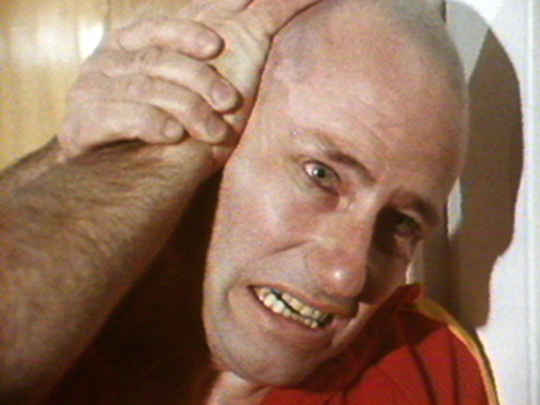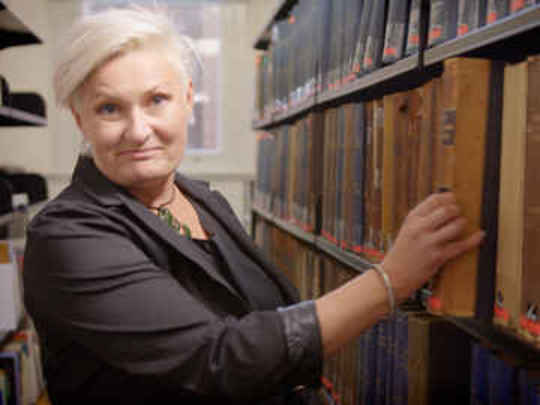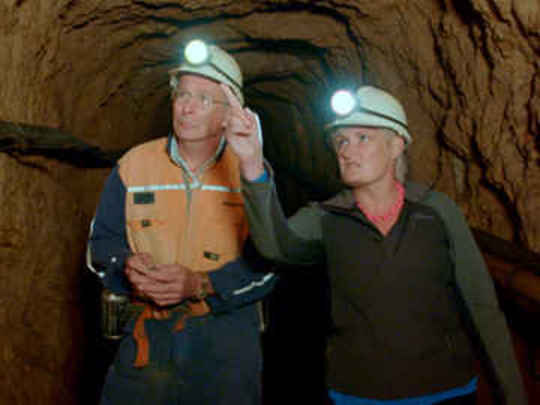Getting to Our Place
Television (Full Length) – 1999
A perspective
Getting to Our Place is a fascinating look into the birth of the Museum of New Zealand Te Papa Tongarewa (often shortened to Te Papa). It vividly captures the pressures and culture clashes of designing a national museum in 1990s New Zealand. Postmodern theory meets commercial pragmatism, and bicultural building and brand consultants meet brick walls.
If this sounds unexciting as the premise for a film, the inherent fascination of going behind the scenes of such a self-conscious national identity-building project shouldn't be underestimated. Many of the major personalities are represented — including longtime Chief Exeutive Cheryll Sotheran, Sir Ron Trotter, Chairperson of the Te Papa board, Kaihautū (Māori co-leader) Cliff Whiting, board member and arts patron Jenny Gibbs, and historian Jock Phillips.
The result makes for some lively viewing. In a New Zealand Herald review Peter Calder wrote that the doco was riveting, and had "many of the hallmarks of a thriller."
Getting to Our Place was co-directed by Anna Cottrell and Gaylene Preston. Preston's role in the project tended towards producing. Cottrell was on location, directing the fly-on-the-wall footage that makes this film so compelling.
Much of the film's footage (there was 600 hours of it) is gathered from board and staff meetings, where concepts for the exhibitions that would open the new museum were hammered out. Te Papa emerged with a new mandate in the mid-90s from the amalgamation of the National Museum and the National Art Gallery. It had to attract all New Zealanders, be bicultural, raise money for its new building on Wellington's waterfront, and generate income from its operations. This mandate isn't explored in the film but underpins many of the discussions — institutional thinking changed considerably as a result, and creative and commercial interests were set to collide. What the film does show is the torturous process by which this mandate was delivered: the presentations to the board, the decision-making by committee.
The film begins with the building in its early stages, and hints at flashpoints that are explored later on. Four other sections look at the issues that were hardest to resolve: the Treaty of Waitangi exhibition, the development of a logo for the museum, the place of the marae in this bicultural institution, and Te Papa's funding contract with the Ministry of Cultural Affairs (now the Ministry for Culture and Heritage). These sections are interspersed with footage showing how these issues were worked out: the opening ceremony, the wonderful marae space, and the thumbprint logo.
Mary-Jane Duffy is a writer, writing tutor and sometime art gallery director.
